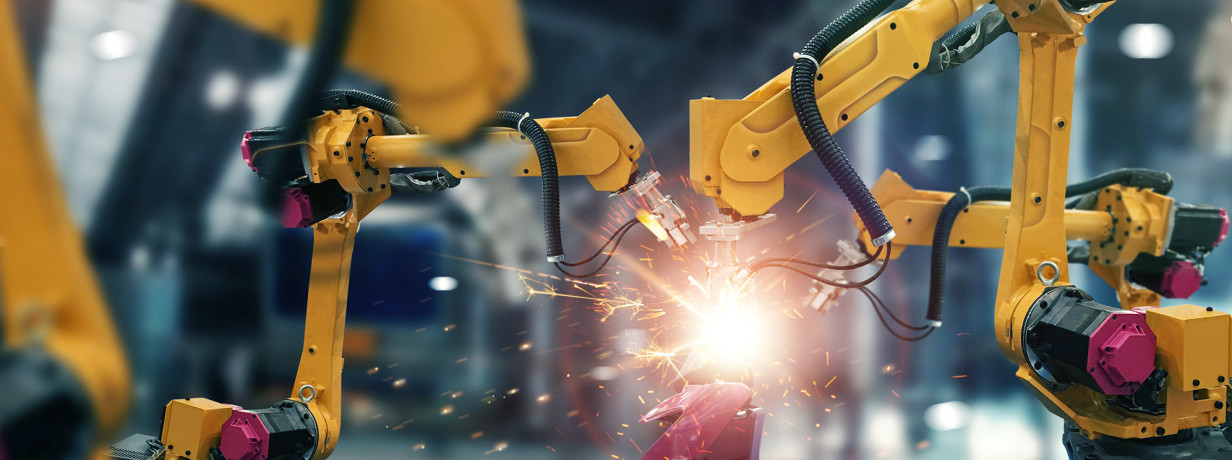- Matrix Vision solutions now all under the Balluff brand
- IO-Link: Intelligent solutions for modern automation
- Smart Automation and Monitoring System
- Condition Monitoring
- Comprehensive components and solutions for automated welding
- Level Detection
- Quality Assurance
- Tough Performers
- Miniaturization
- MicroSPOT
- Architects of Smart Manufacturing
- Explosion Protection
Comprehensive components and solutions for automated welding
Achieve operational excellence and maximize OEE with the Weld Select Series

Tailored products for your success
Unlock the full potential of your automated welding operations with Balluff's Weld Select Series. This carefully curated suite of industry-leading sensors and components is designed to withstand the most demanding welding environments, effectively reducing downtime and increasing profitability.
We go beyond just offering welding solutions; we partner with you to identify and analyze the root causes of challenges, focusing on the real costs of automated welding issues rather than just the cost of welding solutions.
This approach not only elevates your Overall Equipment Effectiveness (OEE) but also streamlines Maintenance, Repair, and Operations (MRO), paving the way for operational excellence.
For plant managers
For engineering teams
For machine builders
For maintenance teams
Welding problems and solutions: common challenges in automated and robotic welding and how to overcome them
Weld nut detection and orientation
Reliably detecting weld nuts is tricky and application-specific. Balluff offers solutions that consider the specific needs of your application, ensuring precise detection.
Weld splatter damage and field noise
Weld-spatter & electromagnetic fields cause false triggers and degrade sensor performance. Balluff's weld- immune sensors maintain optimal performance in harsh conditions.
Physical damage from part loading
Sensors can incur damage during the loading process, affecting their lifespan. Balluff's robust sensors withstand impacts and abrasions, ensuring longer sensor life.
Sensor cable burn-through and network vulnerabilities
Weld environments demand durable connectivity solutions. Balluff provides high-durability cables and connectors, designed to endure harsh conditions and enhance system reliability.
Browse automated welding application examples

Unlock the full potential of automated welding with Balluff's Weld Select Series
Explore actionable insights and robust solutions tailored for the welding environment, aimed at enhancing productivity and reducing downtime.
- In-depth guide on sensor selection for various applications
- ROI calculation templates for cost-effective solutions
- Addresses challenges like weld spatter and physical impact
- Practical tools for maintenance and failure audits
- Strategies to improve OEE in automated and robotic welding
